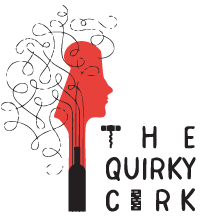Selendi Moralı Narince
Hidden away in the unwelcoming landscape of Turkey's north-eastern Aegean are the organic vineyards of Selendi Şarapları. The arid heat of Akhısar is not where one would expect to find the native Narince grape. This thin-skinned, delicate white grape hails from Turkey's Black Sea region where it thrives in the area's 1500+ meter elevations and mild, oceanic climate. And yet, it is exactly in this dry heat where the winery grows the grapes for its Selendi Moralı Narince. A combination of stony, loamy clay, and limestone soils make up Selendi's Moralı vineyard where they grow Narince at 850 meters. Narince may have its roots buried more deeply in the wet
Read More













